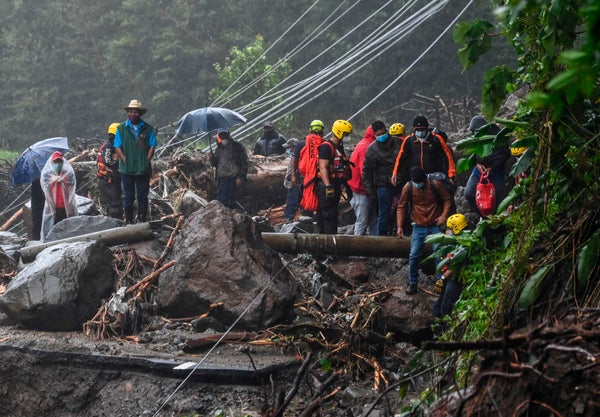Editor’s Note (12/1/20): This story has been updated to include the two additional storms that formed during hurricane season, which officially ended yesterday. The 2020 season set a record of 30 named storms.
The 2020 Atlantic hurricane season has truly been one for the record books. With 30 named storms, it has set the record for the most named storms in a single season. (Named storms are those that reach at least tropical storm strength, meaning they have wind speeds of 39 miles per hour or higher.) Forecasters already used up this year’s official storm name list, just as they did in 2005, which means they had to move to the supplementary Greek alphabet. Those two years are the only ones in which this has ever happened.
Of the 30 storms that have formed so far this year, 27 were the earliest of their storm sequence to do so. The graphic below shows how many days earlier in the year each storm formed than the previous record holder; many storms in the latter group occurred in 2005. (The first two storms of 2020, which occurred before the official start of hurricane season, did not set records.) Hurricane Eta, the 28th storm of 2020, first became a tropical storm a whopping two months before Tropical Storm Zeta became the 28th storm of 2005. (The mismatch in names happened because when researchers looked back over records from 2005, they found a mid-season storm that was missed at the time.)
The 2020 season has been an active one in part because of very warm ocean waters that provide fertile ground for hurricanes to grow. As the oceans absorb more and more of the excess heat trapped by greenhouse gases, waters will get warmer earlier in the season, which could help set new records in the future.

Credit: Amanda Montañez; Sources: Phil Klotzbach; National Oceanic and Atmospheric Administration
